When designing a home interior, lighting must always be taken into consideration. In addition to highlighting the architectural details, also the colours and textures and help to create a calm ambience, it completely change the space as well. Understanding the science of light, it can make the whole house a utilitarian yet hospitable living space. In this article, we will discuss the types of lighting in interior design, practical lighting for different kinds of areas, as well as guidance on how to choose the right light fixtures. So, first let us look at, some of the important types of lighting in your home, as per the science behind lighting in interior design.
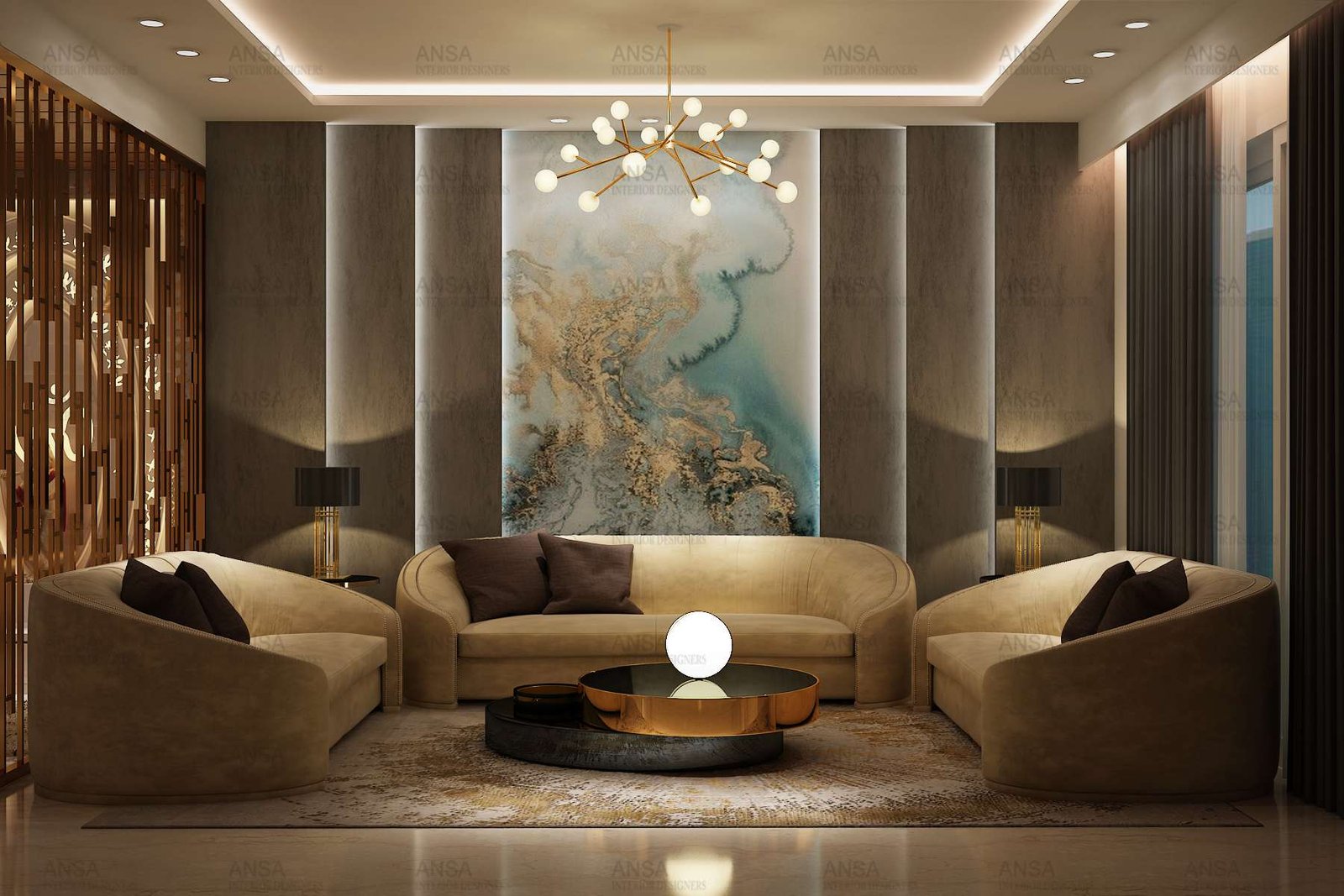
Lighting is an essential element of interior design that can be easily overlooked but can transform a space entirely. The proper lighting can establish an ambiance, highlight key features and make a space more functional. With all the lighting choices out there — from elaborate chandeliers to discreet recessed lights — choosing which ones will be best for your interior design project can be overwhelming. This article discusses the various types of lighting out there and offers tips on the best choices for your space.
Table of Contents
Types of lighting in interior design
1. Ambient Lighting
Natural light is similar to the lighting needed in a space for comfortable visibility and movement. And which is evenly dispersed all over the internal design for a proper and proper illumination with no shadowy corners. This is significant for areas where elderly people could find themselves. Having proper lighting in the home design adds to a sense of better emotional and physical safety.
Use general lighting in the form of wall ambient light and chandeliers to light up the whole place. It needs to be high enough so that the light obscures safety when performing menial tasks, and it encompasses areas of ambiguity with a soft light. Lighting General general lighting of various levels is required, with soft diffuse from indirect sources.
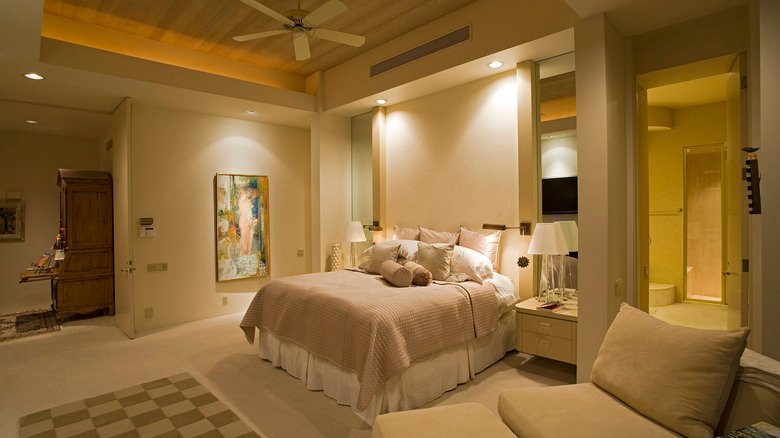
2. Task lighting
Task lighting is a vital component of any workspace. It uses direct light to illuminates work surface illuminating visual activities in target areas. It is usually located in specific spaces using clarifiers such as portable floor lamps or table lamps, straight or curved lighted rods and lights that are flush-mounted to the wall. Task lights, which provide high intensity lighting without overall brightness, can be used for essentially any type of activity — reading, cooking or working on a project.
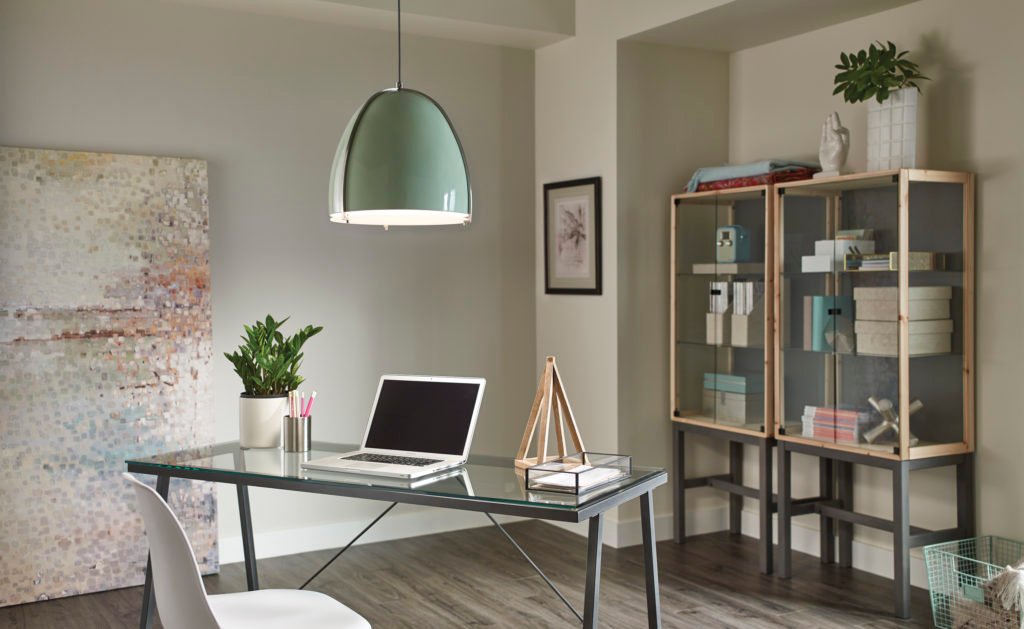
3. Accent lighting
In general, accent lighting meets aesthetic requirements — a spotlight highlights or dramatizes an art object. Accent lights are additional to general light sources. They increase local light (as opposed to ambient light). The moment you walk into a space filled with shimmering light, accent lights are unmistakable. They can be downlighters, uplighters, or wall washers, too.
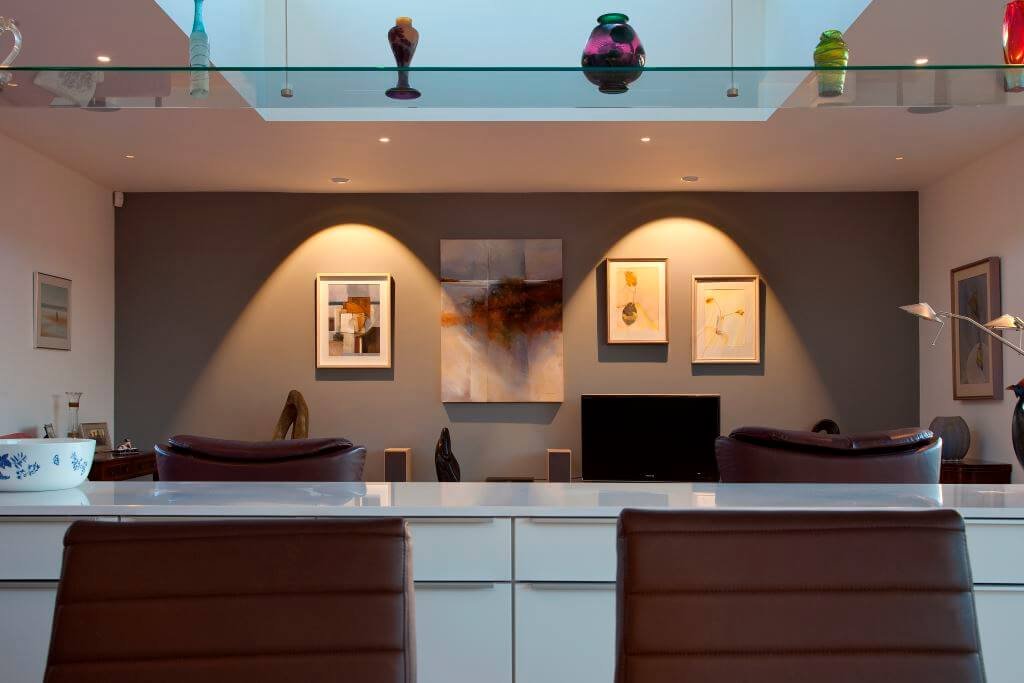
4. Natural light
It is the light that is emitted from the elements around us (the moon and sun) and is otherwise called ‘natural lighting’ It is possible to come from any other sources, such as walls, starting from windows, or ending with a ceiling or roof skylight. This is why it’s essential to take into account things like room exposure, number of windows, sunlight, surrounding vegetation, and seasonal usage when decorating any room. Do not forget to include sunlight, which is also an important component for your home.

5. Mood lighting
Mood lighting is a key elements for creating a specific emotional or psychological atmosphere in a room. It is the intentional manipulation of lighting to evoke emotion and affect the environment. This can be anything from darkening the mood to an energizing vibrant hue. Mood lighting that can create your room beautiful and homely just by controlling light intensity color and distribution. Lighting is integral to the world of interior design, fulfilling both a functional and creative role.
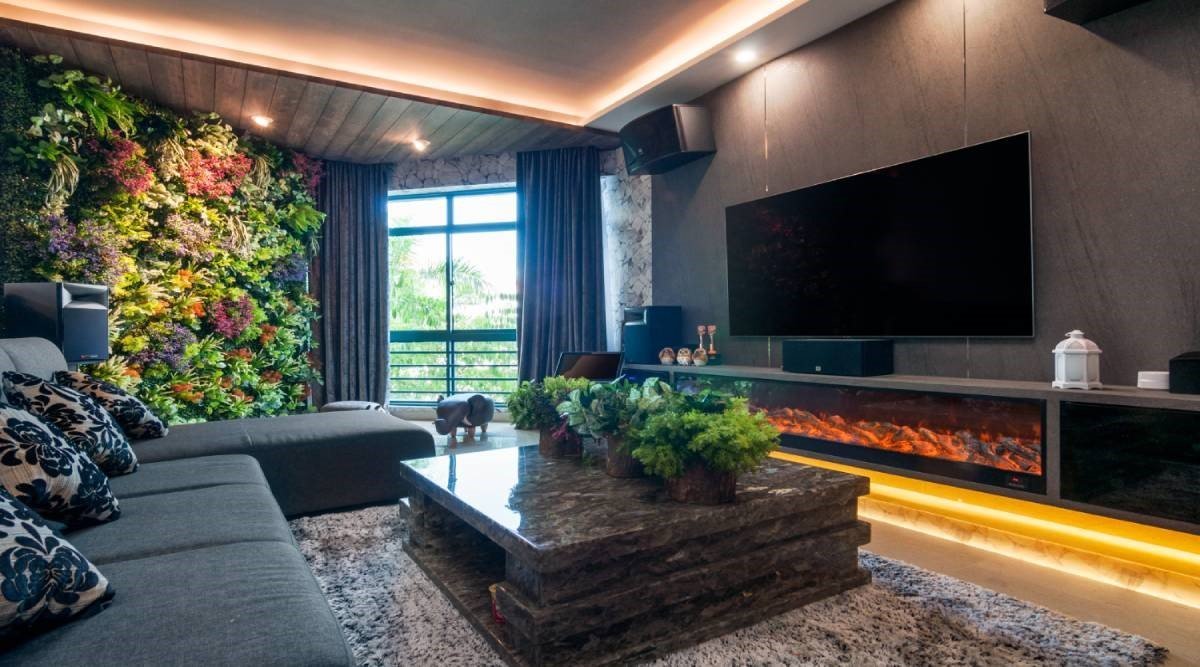
6. Smart Lighting
Smart lighting is defined as a specific type of lighting technology designed to increase efficiency and reduce energy usage. Including elements of Artificial Intelligence (AI) and Internet of Things (IoT) that can automatically control the brightness and hue of the light based on its environment.
The collective integration of these two technologies is termed the artificial intelligence of things, or AIoT. To elaborate, the Internet of things is considered the nervous system of the digital universe while Artificial Intelligence is the Brain. A classic use case of AIoT, smart lighting can be remote-controlled such as with Bluetooth or WiFi in its advanced stage.
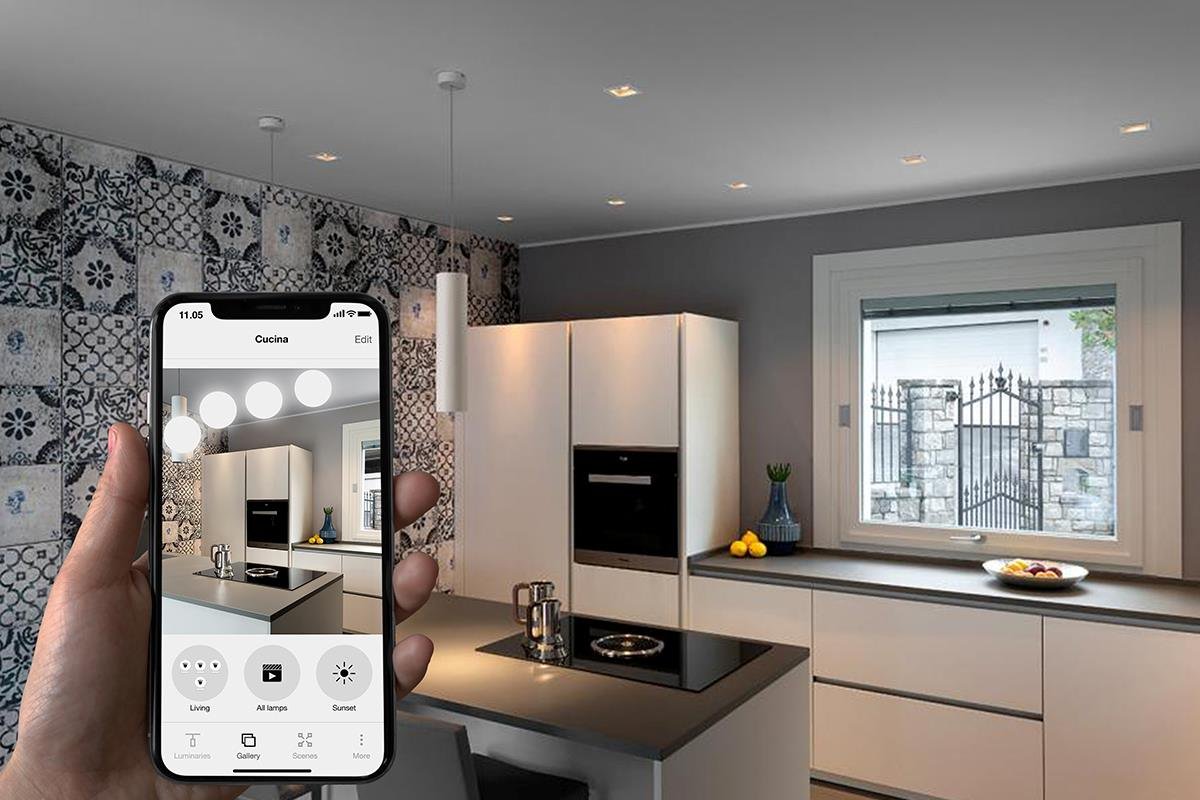
7. Decorative Interior Lighting
Decorative interior lighting is not meant to be functional, but rather a piece of decor involved in the room’s aesthetic. It, then, instead of discerning something else, is an attractor. Neon lights are commonly used as decorative lighting in commercial spaces such as bars and restaurants. They are also useful as decor in bedrooms and living rooms. Fairy lights come in multiple colors and are a long string that can be hung around a room in heaps of decorative ways.
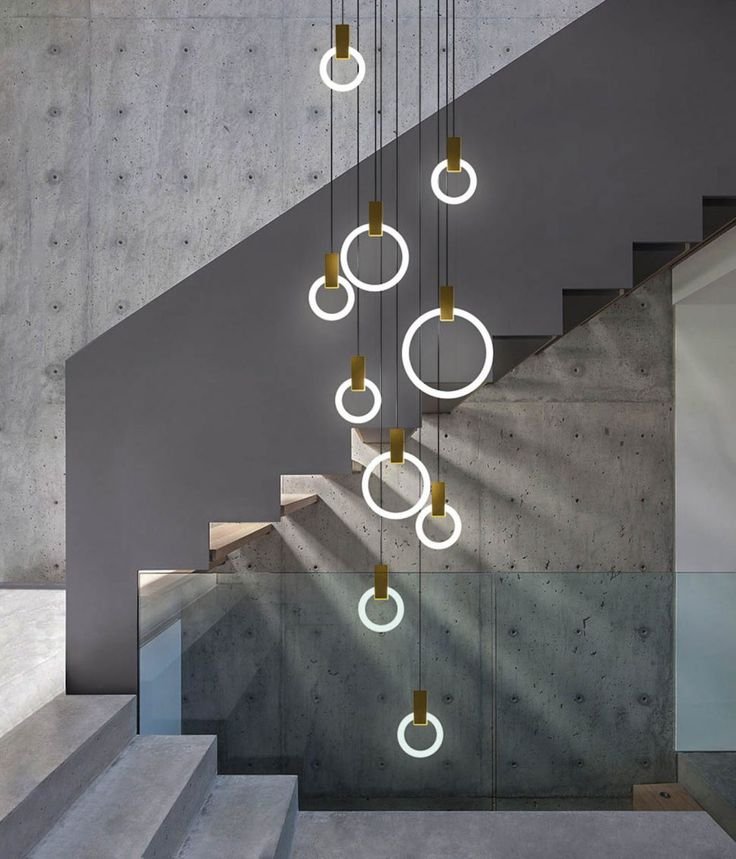
8. Landscape Lighting
Proper landscape lighting can accentuate the best features of your home exterior and make the area look warm and welcoming. Here are few types of lights that you can use:
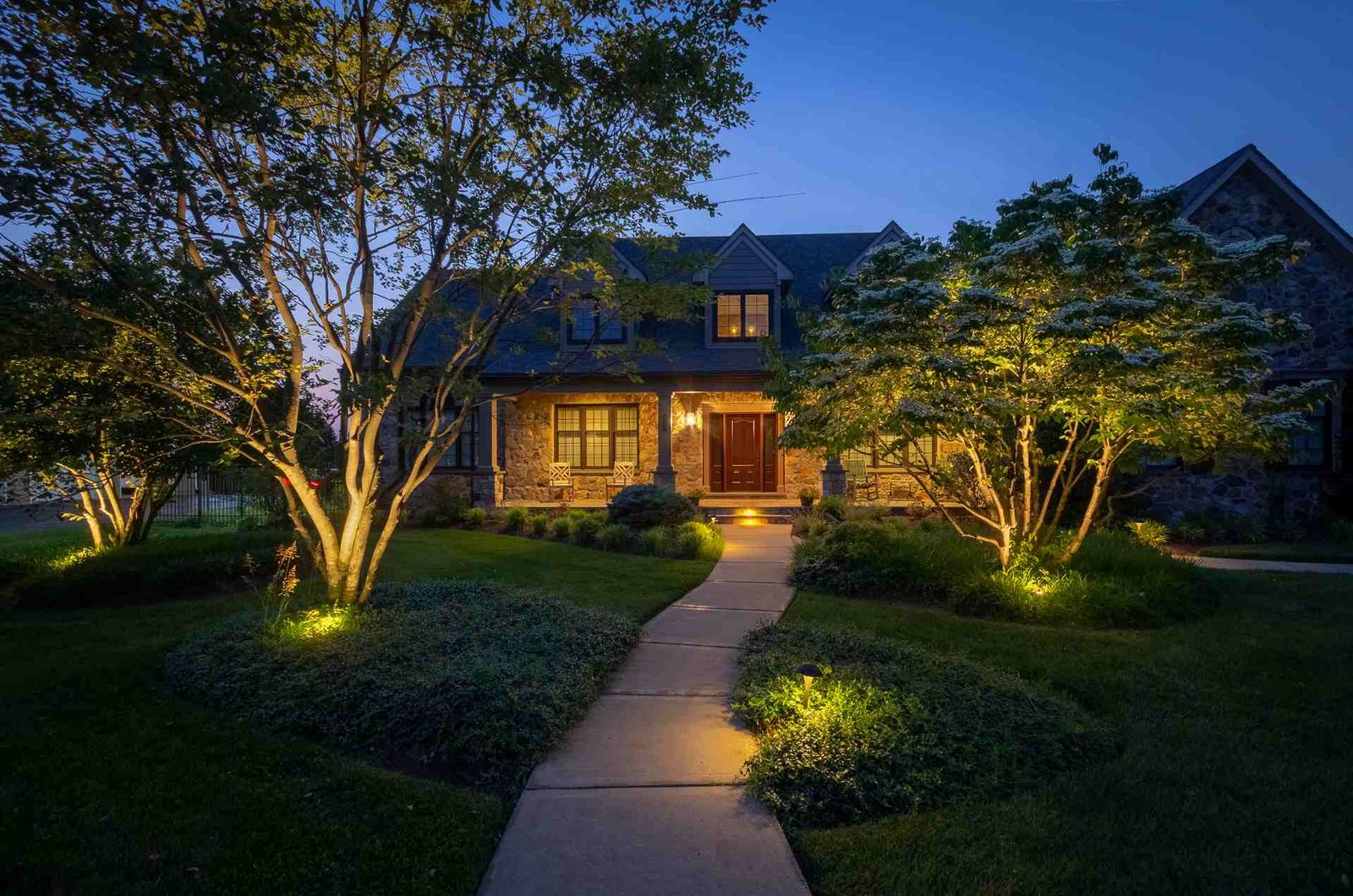
Types of Lighting
Here are few products we be used for the purpose in the lighting will also look amazing. There are essentially three types of lighting: ambient (basic), task, and accent. The way you choose to use your lighting for your home interior design determines its kind:
- Chandeliers
Nothing beats a chic chandelier. Its ambient lighting enhances any room. This chandelier is a glamorous addition to your space with beauty that adds a timeless touch. Whether you’ve got high ceilings or just need one statement piece, a chandelier is ideal in living rooms, foyers, dining areas and bedrooms. They also come in various sizes, shapes, and styles for every room size and aesthetic.
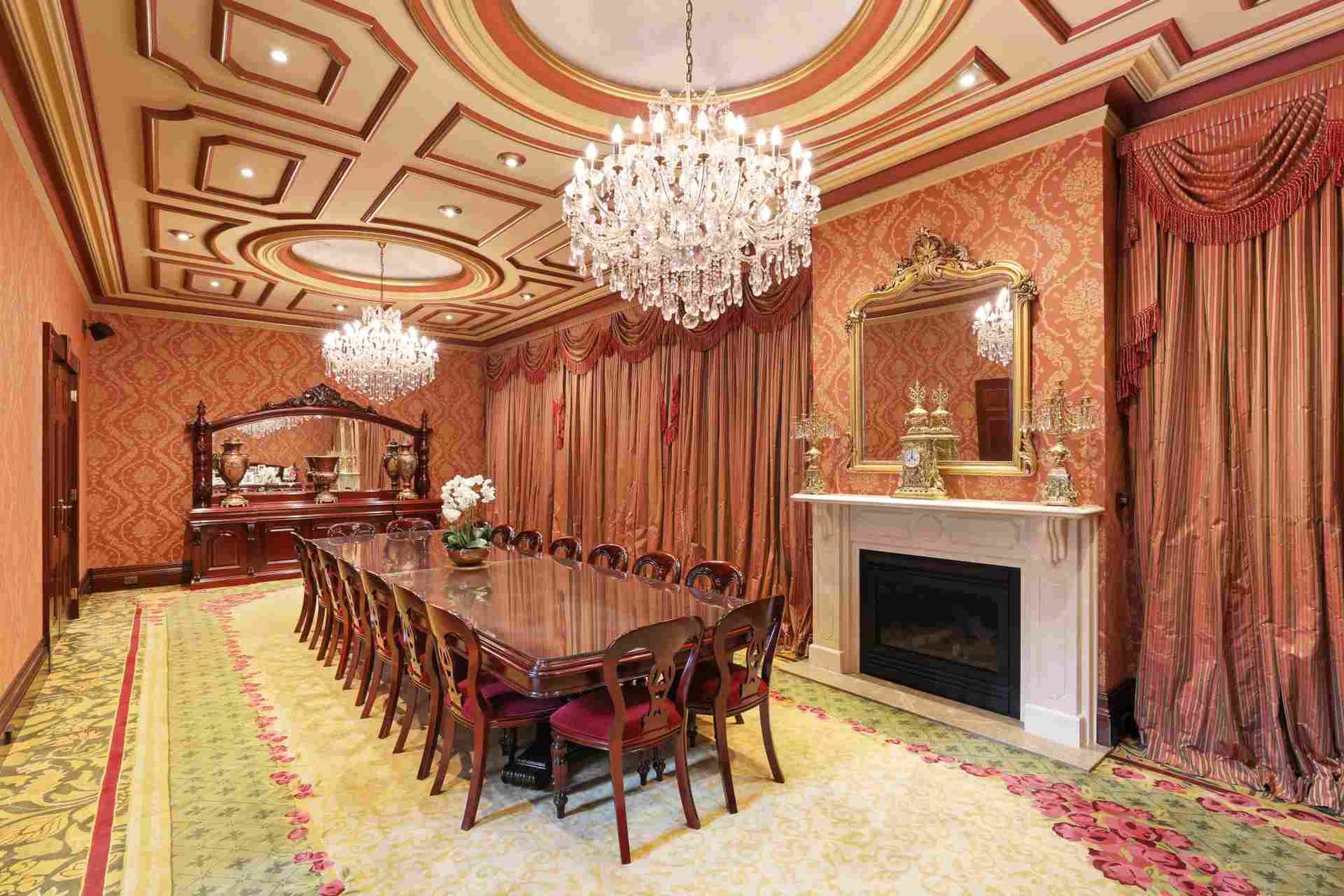
2. Wall Sconces
Versatile wall sconces are great accent lighting for complementing a room. They can be positioned around your home, functioning as decorative and task lights. Sconces are particularly popular in stairways and long hallways, where they can deliver much-needed light in a pretty way. These are commonly known as task lighting. In addition to lampshades, wall sconces are nice to direct light to certain areas within a space.
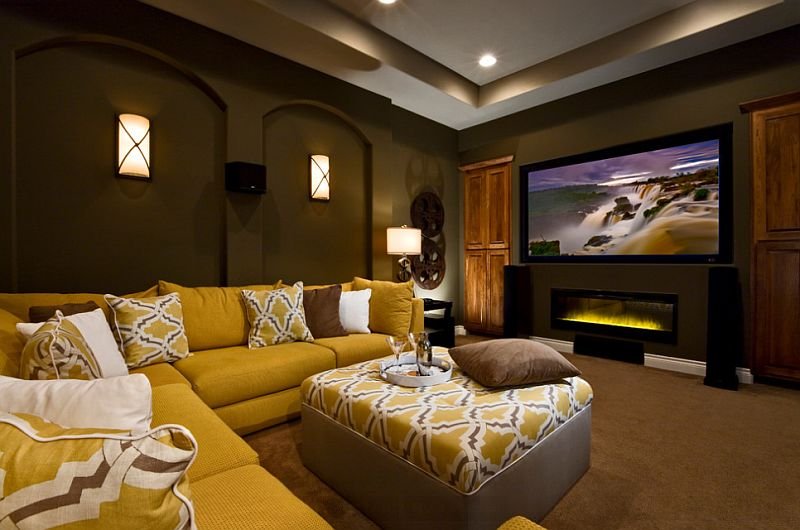
3. Table Lamps
It refers to a small electric lamp that is placed on a table or other piece of furniture. Depending on how it’s used, it can provide accent lighting or task lighting. A table lamp is apparatus of electric light. It is designed to sit on a work table or desk where direct light matters. It doubles as a reading light. The soft glow fills every room of your home.
4. Pendant Lights
But if you are looking for functionality and modernity, pendant lights are available as well for your home. A hanging pin location and common light fixture class, much like common ceiling lights, nothing special and of course can go on walls as well. Next to workspaces and dining rooms, pendant lights work well for bringing you light while reading. Their combination of placement and design enables them to serve as ambient, task or accent lighting. The light with a clean simple look would fit into any stylish arrangement of the room without the need for extra accessories. Well, when the light comes bounced off the ceiling its comes back to the room again making well-illumined.
5. Recessed Lighting
Recessed lighting which is a compact form of ceiling lights but needs false ceiling which is not possible for everyone. When they are placed on a dimmer switch, they produce ambient lighting so are generally considered low lighting. They can be used for multiple purposes and are a good alternative to tube lights.
The colour of these lights depends on the size and wall paint of the room. They can be put in any room, regardless of its usage. That said, they probably won’t light up an entire room and you might need more than one for larger spaces. These light fixtures are great to hang on walls without causing any damage and add character to the room as well.
Good lighting is key to achieving this — so invest in it! The other feature of lighting that is relevant is luminance, or brightness. Luminance is a function of the illuminance incident on a surface and the reflectivity of the surface itself. You must design with energy efficiency in mind. LED lights would hold the best option.
This will not only save on electricity bill but also improves the beauty of the room. You can control multiple lights at the same time with one switch (for example, a pendant lamp and recessed lights can be controlled with one switch). Lighting plays a critical role in the look and feel of any space, so it should be taken seriously. We hope this article has been helpful in gaining insight about the different lighting that can be added into your home.


